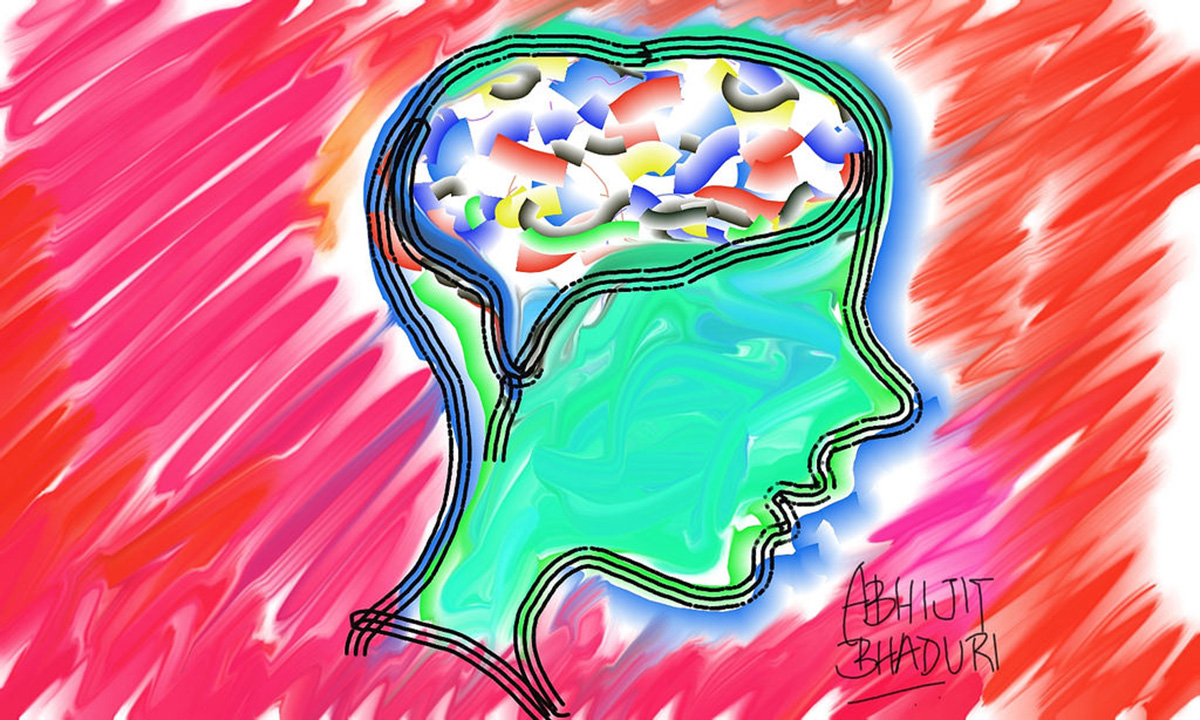Table of Contents
Numerous researchers have found that repeated migraine attacks results in thickening of certain areas of the brain, especially those that process visual information and pain, especially pain in the head and face. The more headaches you have, the thicker the part of the brain that makes you aware of headache pain becomes — and the more intensely you feel pain the next time you have a migraine attack. When people have frequent headache pain, they often develop a condition called allodynia, in which even normal touch is painful. This happens to about one-fourth of people who have chronic migraine.

Similarly, the more visual disturbance you experience during a migraine headache, the thicker your visual cortex grows, and the visual disturbance you experience during your next attack is even more severe. In these thicker layers of the brain, electrical disturbances grow more intense, and a spreading depression that acts something like an epileptic seizure can be detected with EEG.
A migraine brain becomes very excitable, much more excitable than a brain that doesn't have migraine. There changes in the cerebral cortex, which facilitates judgment. There are changes in the hippocampus, which enables both the formation of new memories and the creation of autobiography, the understanding of oneself. There are changes in the brain's reward systems, so that control over various kinds of appetites for food, sex, and excitement also are altered. Most concerning to neuroscientists, however, is recent evidence that migraine also changes the hypothalamus.
READ Curiouser and Curiouser: Alice in Wonderland Syndrome and Other Migraine Auras
The hypothalamus controls internal body states. It regulates sleeping and wakefulness. It regulates appetite, metabolism, and hormone levels. The neural circuits surrounding the hypothalamus cause many of the symptoms of migraine, such as nausea, vomiting, insomnia, sleepiness, watering eyes, nasal congestion, hunger, thirst, yawning, and fatigue.
The hypothalamus also controls how we respond to cold, hunger, and exercise. When the hypothalamus is super-sensitive to changes in the metabolism, cold, hunger, and exercise become triggers for migraine, and the more often you have migraine, the more intensely these external factors affect it.
Difference in Male and Female Migraine Brains
Migraine causes different brain changes in women and men, especially in the parts of the brain that are associated with emotion. In women, migraine causes a thickening of the precuneus, a part of the brain that answers the question "Who am I?" Many women report that the area of the head that becomes painful first during a migraine is also the area of the head that they feel when they close their eyes and think about what it means "just to be me."
READ Migraine: Triggers You May Not Know About
Female migraine sufferers also have more thickening of the insula, the part of the brain that answers the question "What's important now?" As a result, stress has a greater effect on migraine in women than in men.
Is There Relief Ahead?
This new understanding of migraine has led to some new treatments for migraine. One is transcutaneous magnetic stimulation, also known as TMS, in which pulsating low-gauss magnets are placed in a headband or a probe to be worn when migraine symptoms come on. (A kitchen magnet won't work. The magnetic field has to be pulsating.) The magnetic field interferes with the spreading depression that makes the headache worse.
TMS is a possible treatment for people who experience rebound headaches when they have to cut back on their medication, for women who are pregnant, and for those who have become insensitive to migraine drugs. A TMS device usually costs $500 to $1000, but may be covered by insurance.
- Koppen H, Boele HJ, Palm-Meinders IH, Koutstaal BJ, Horlings CG, Koekkoek BK, van der Geest J, Smit AE, van Buchem MA, Launer LJ, Terwindt GM, Bloem BR, Kruit MC, Ferrari MD, De Zeeuw CI. Cerebellar function and ischemic brain lesions in migraine patients from the general population. Cephalalgia. 2016 Apr 7. pii: 0333102416643527. [Epub ahead of print] PMID: 27059879.
- Infographic by SteadyHealth.com
- Photo courtesy of mediocre2010: www.flickr.com/photos/53272102@N06/27648314436/
- Infographic by SteadyHealth.com


Your thoughts on this